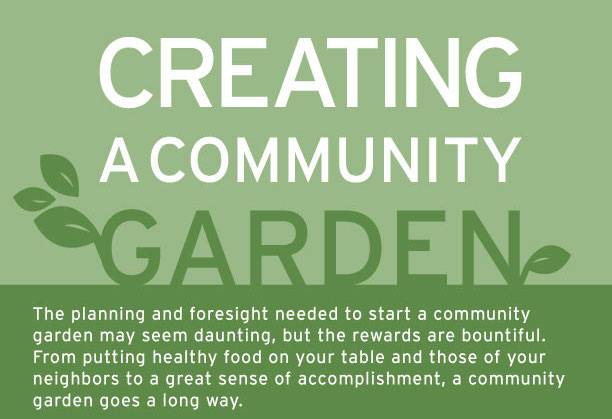Community gardens are more than just a growing trend for close-knit communities in North America. They’ve quickly become a way for families, neighbors and friends to eat healthier, save money, and limits food waste.
Believe it, or not, community gardens have actually helped increase property values for homes close to the garden. In Milwaukee, properties within 250 feet of gardens experienced an increase of $24.77 with every foot, and it was estimated that the average garden added $9,000 a year to the city tax revenue.
But how do you begin creating, building, and maintaining a community garden? How can you get your community actively involved? In the newest infographic from American University’s Master of Science in Nutrition Education, you can find out the necessary steps in creating a community garden, including organizing meetings, finding sponsors, selecting a garden site, and recruiting gardeners.
Click on the image below to see the full infographic:



